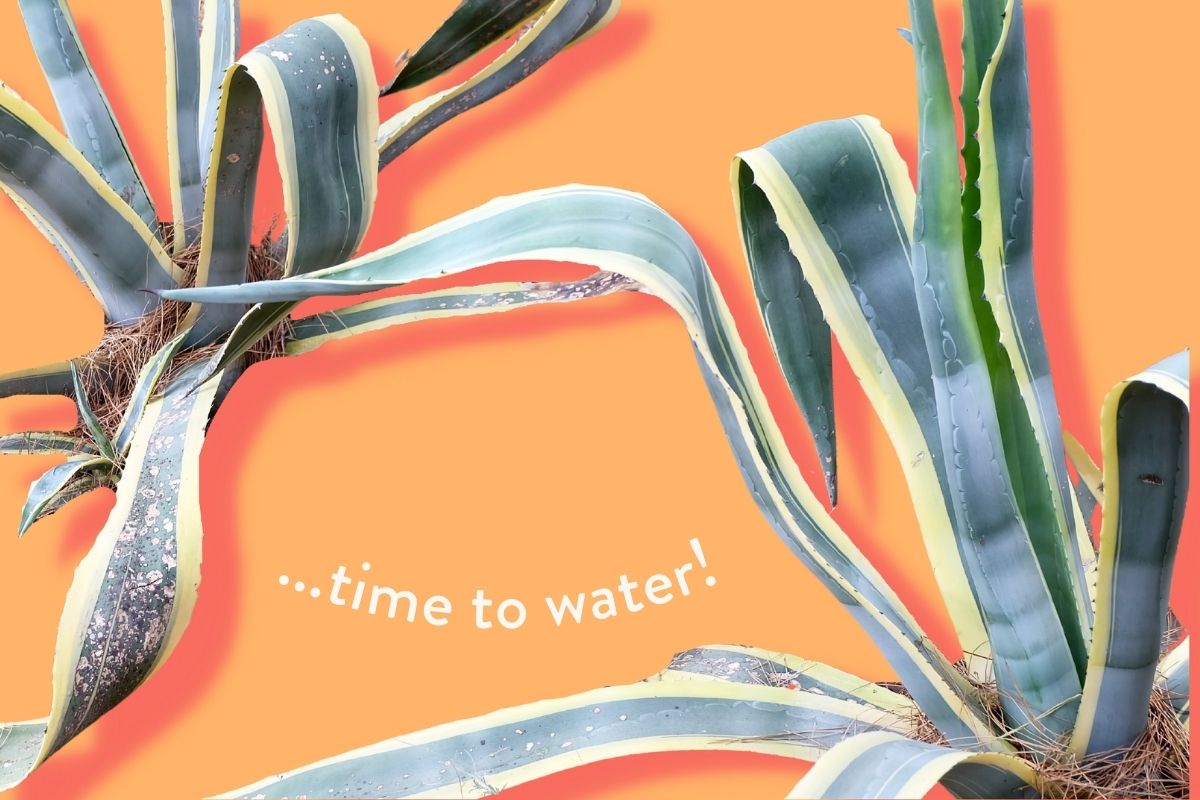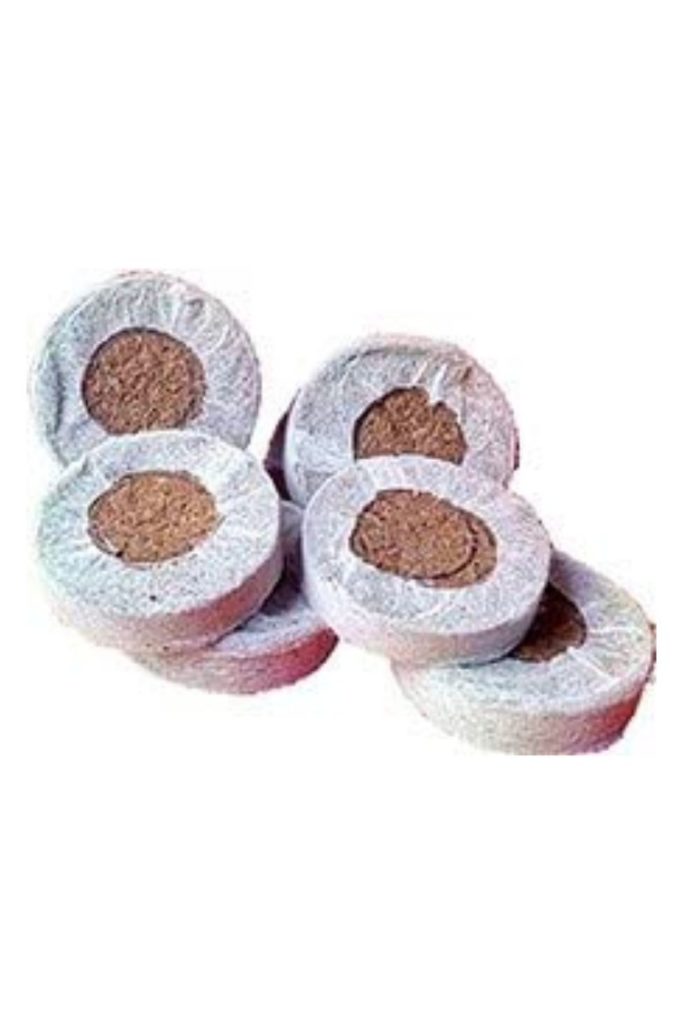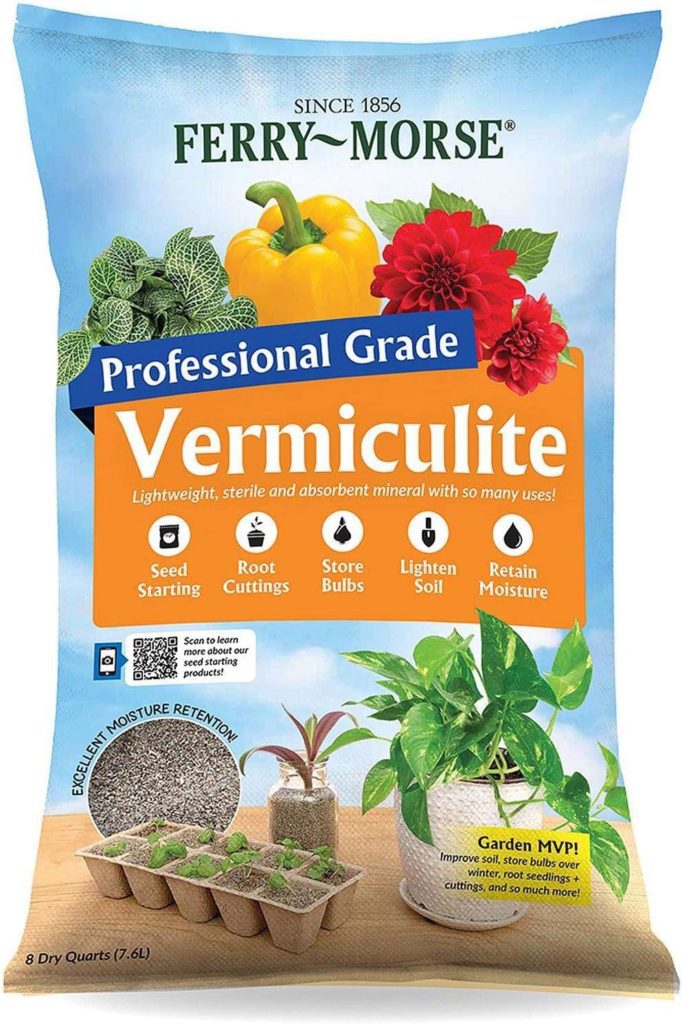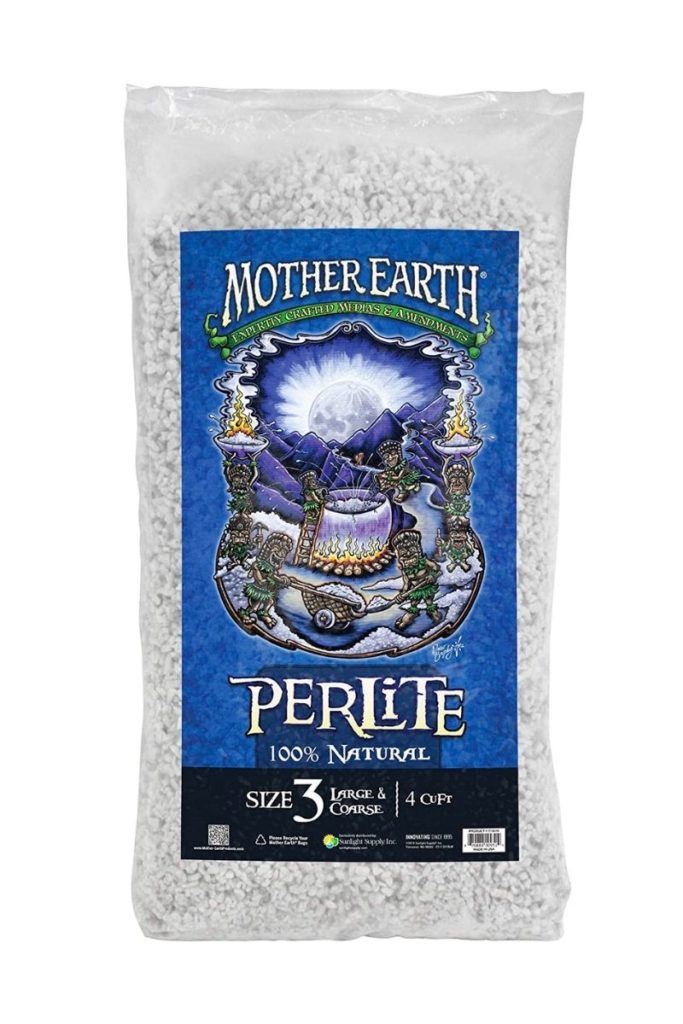Caring for an underwatered snake plant involves the obvious step of pulling out your watering can, but there may be more to it than you think! You may want to change your Snake plant’s soil to improve its water retention or adjust the size of its pot to give your plant consistent access to moisture in the soil.
Snake plants are one of the few plants that don’t need drainage to survive, and they’re generally super hard. They are, alas, not indestructible. In this guide, read on for the simple steps you can take to bring your thirsty snake plant back to life and keep it happily hydrated moving forward. Let’s explore some signs of an underwatered snake plant, and learn how to help your plant if it has not been getting enough water.
signs of an underwatered snake plant
Houseplants require a careful balance when it comes to watering. An overwatered snake plant can drown in the excess water, causing root rot and other issues. An underwatered snake plant, on the other hand, may turn yellow, then brown, develop dry and brittle leaves, and eventually die 😞
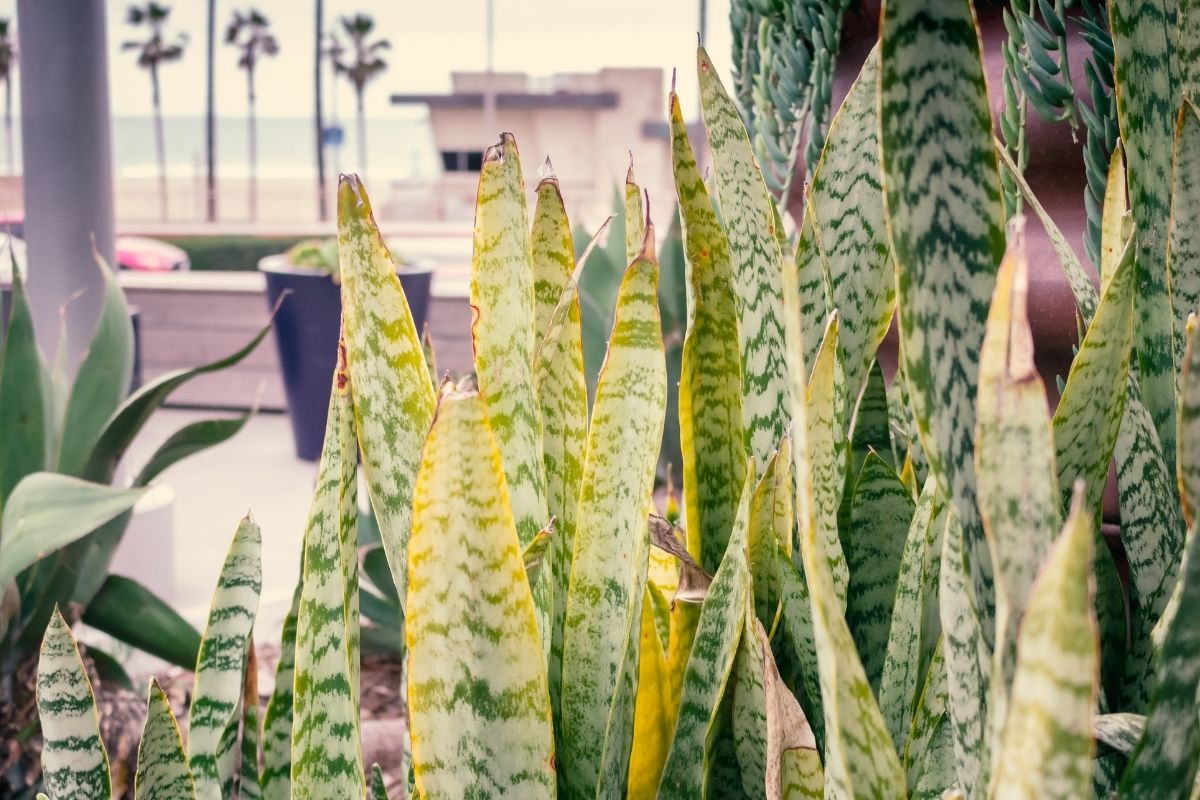
Whether you jetted off for vacay without hiring a plant sitter or have an erratic watering schedule that leaves your plant thirsty, it’s important to act fast once you notice the first signs that your snake plant is underwatered. To determine whether or not your snake plant needs water, check for these signs:
- Wilting. Snake plants normally stand tall and straight. If the leaves on your plant begin to wilt, it likely needs water.
- Brown leaves. The snake plant leaves (or just the leaf tips) will turn brown. Brown tips are a sign that your snake plant is just starting to become thirsty.
- Soil is dry. Excessively dry soil is a sure sign that your snake plant is underwatered. The soil should be moist (but not soggy).
- Roots turning brown. If you dig up the dry soil and find that the roots have turned brown, then your plant needs water as soon as possible.
how to save a snake plant after underwatering
If underwatering continues after your snake plant shows signs of dehydration, be prepared to lose your green friend! Snake plants are easygoing and can survive with no water for a relatively long time. However, once they show signs of neglect, you only have a small window of opportunity to nurse them back to health.
If you want to save an underwatered snake plant, you’ll just need a few simple things (plus a little bit of tender love and care).
What you’ll need:
- Water
- Container with drainage holes
- Peat moss or vermiculite
step 1: move the plant to a proper container
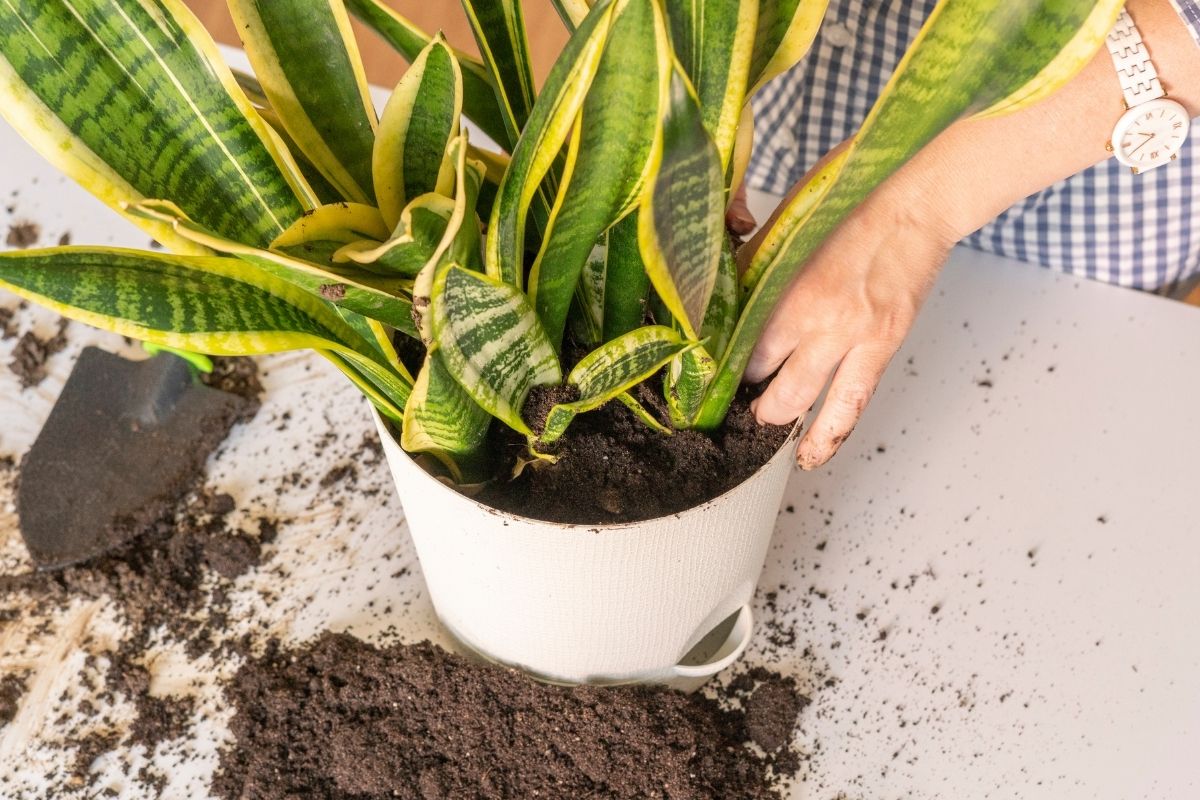
Most houseplants only require a few things to be successful: enough water, well-draining potting soil, and a proper container.
Although snake plants can be kept in containers without drainage holes, they generally do better in containers with a drainage hole or two (like all plants). This allows excess water to drain out, which prevents roots from drowning in water that runs through the soil.. In addition, these little holes allow you to see when the soil has been fully saturated (when you see water trickling out the bottom of the pot) and stop watering.
step 2: consider adding drainage amendments to your soil
If it was just neglect that caused the underwatering, then you may not need amendments. However, if you water your snake plant thoroughly and still notice signs that it’s dehydrated, you probably need to change its soil. Your soil may be too compact to allow water to penetrate through the top layer (you might even notice water collecting on top of the soil and then draining down the inner sides of the pot). In this case, you could try adding perlite to the potting mix to promote drainage.
You may also choose to add amendments to your soil simply to promote water retention. However, if you think your soil was the culprit, then you can add peat moss or vermiculite to aid in moisture retention. Feel free to add these amendments at a rate of up to 1/3 the volume of your soil.
step 3: check your watering technique and tools
A proper watering technique is easy to learn, but may be much different than your current method. You need to soak your plant’s entire root ball (not just the top – a common mistake) to ensure hydration reaches the innermost roots of your plant.
If you have a proper container with drainage holes, then you can provide water until drops start to seep out of the bottom. This encourages the roots to grow downward—when you only water the top, the roots may grow sideways or in other unhealthy patterns.
You can also opt for a watering globe that releases moisture gradually as your plant needs it.
step 4: find the right watering schedule
A consistent watering schedule is a key to providing your snake plant with the optimal amount of moisture. To figure out the ideal schedule, you will need to continuously check the water content of your potting mix. You can check the moisture level in two ways:
- Method 1: Stick your finger in the top two inches of soil—if its dry, its time to water!
- Method 2: Purchase a moisture meter. The meter will provide readings of the current moisture level in the soil.
The manual, no-meter method is simple, free, and effective. However, the moisture meter can be an easier way to check the soil with just a glance. Either way, you’ll have a better idea of when to water your snake plant (and when to avoid watering).
step 5: set your snake plant up in ideal conditions
In order for your snake plant to recover, it will need to live in ideal conditions. Make sure the plant is receiving sufficient light. Houseplants are often deprived of light—placing your snake plant near a south-facing window should do the trick. Stick to the watering schedule to ensure your plant’s full recovery.
tips for avoiding snake plant underwatering
If you take one thing away from your snake plant’s near death experience, it should be this: Always allow the top two inches of your plant’s soil to dry out before watering again.
One of the most common issues with houseplants is an improper container. The container you choose should have drainage holes in the bottom of the pot, which allows excess water to leave as necessary, and should be big enough that moisture can hydrate the soil for several days at a time.
A moisture meter can be a handy tool to avoid watering issues. These devices detect how much water is currently in the soil. They provide you with a clear, quantitative reading on when to water next – some even light up when it’s time to water, saving you the trouble of remembering when you watered last.
Essential tips to avoid underwatering:
- Find the right watering schedule and stick to it
- Use a moisture meter
- Make sure to use the proper container and potting mix
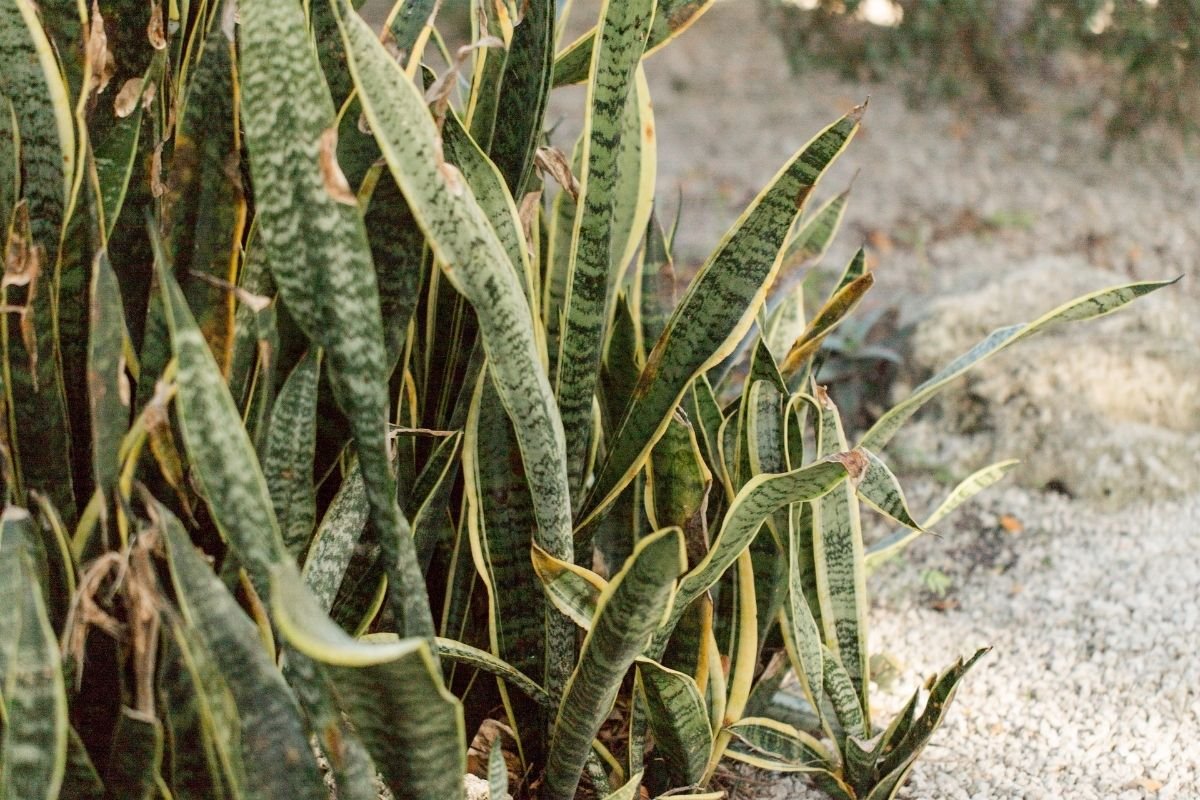
FAQ
Can I cut the brown tips off of my snake plant?
The brown leaf tips on an underwatered snake plant may still be there even after you’ve fully re-hydrated your plant. While this shouldn’t cause any issues, it can become an eyesore. If you so desire, you can remove the brown tips to return your snake plants to their former glory. Be sure to use sterilized pruning shears to avoid the introduction of infection to your snake plant.
Can I water my snake plant with tap water?
While some snake plants may be fine with tap water, it is not advised. Filtered water or rainwater are much better for your houseplants. Tap water almost always has added chlorine that can build up in the soil and cause nutrient uptake issues for snake plants, even with regular applications of snake plant fertilizer. If tap water is your only option, then you can leave it out overnight. This allows the chemicals to dissipate before giving the water to your snake plants.
How long can snake plants go without water?
The snake plant is rather resilient when compared to many other houseplants. They have been known to survive for two or more weeks with no water. Ideally, your snake plant shouldn’t have to be with no water this long, but it’s nice to know that they will survive even if they are forgotten about for a few weeks. For comparison, many other houseplants can only survive 5 to 7 days with no water.
More about watering plants
- How Often To Water Dracaena (Including Snake Plants)
- How to Use Leca for Plants: Step-by-Step Guide with Pictures
- How To Save An Overwatered Snake Plant
- How Often To Water Pothos Plants (And When To Cut Back)
- How Often To Water Monstera Plants
- 11 Plants That Don’t Need Drainage And How To Care For Them
- Save Your Overwatered Monstera In 4 Steps (And How Not To Do It Again)

